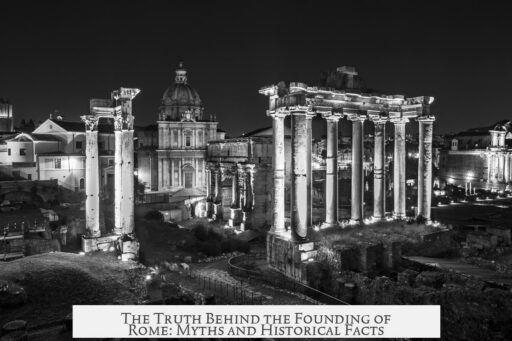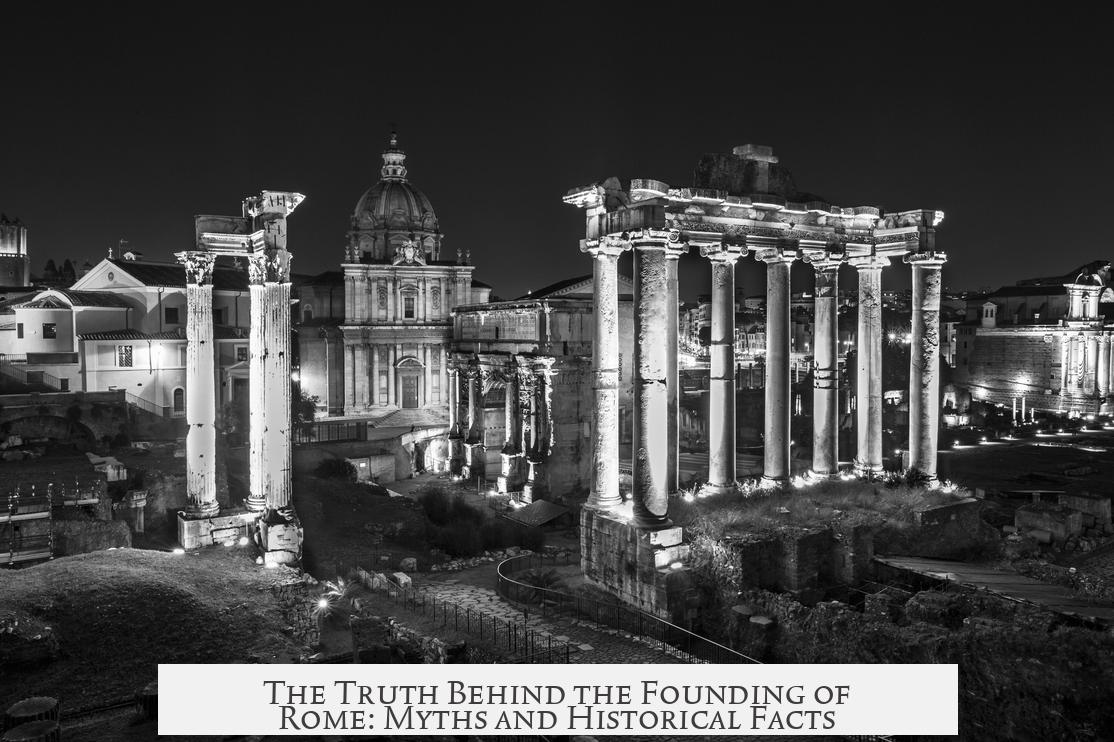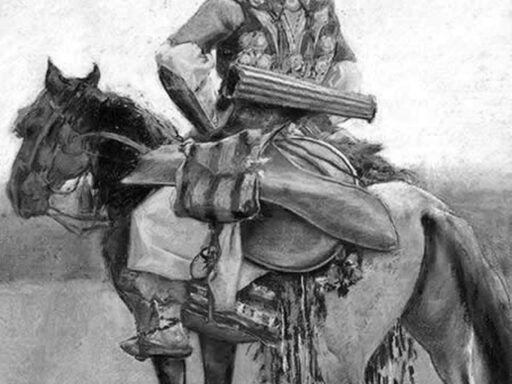The founding of Rome is traditionally traced to the legend of Romulus and Remus in 753 BCE. However, modern research shows it was a gradual process over centuries, not a single event by mythical figures. The story blends myth with historical and archaeological evidence, revealing Rome’s complex origins.
Rome’s foundation as a city-state results from a slow accretion of diverse peoples settling in a strategically valuable location. The Palatine Hill and surrounding areas, including the Aventine and Capitoline Hills, offered easy defense and control over a key river crossing on the Tiber River. Archaeological finds reveal human presence in this region reaching back 10,000 to 14,000 years, far predating the legendary founding date.
The Tiber’s riverbanks provided essential resources, especially salt deposits, which attracted nearby cultures such as the Greeks and Etruscans. These groups sometimes competed or conflicted over control of the area, as suggested by stories like the “Rape of the Sabines” which can symbolize territorial struggles. Rome’s location allowed it to interact with and eventually dominate neighboring peoples.
The name “Romulus” seems to stem from an archaic term meaning “Roman,” implying that the individual Romulus may have been named after the people or place, rather than vice versa. The name Rome itself has debated origins, with possibilities including:
- The archaic words “Rumen” or “Rumon,” referring to the Tiber River.
- The Etruscan word “Ruma,” meaning “teat,” possibly linked to the legends of Romulus and Remus or the shape of hills.
- The Greek word “ῤώμη” (rhōmē), meaning “strength.”
Competing myths also shape Rome’s origin story. The Aeneid by Virgil credits Aeneas, a Trojan prince and son of Venus, as an ancestral founder. This myth links Rome to the epic saga of the Trojan War and provided Roman elites—like Julius Caesar—with divine and heroic ancestry. The Roman narrative reconciles these legends by presenting Romulus and Remus as descendants of Aeneas through a royal lineage originating in Alba Longa.
The Romulus and Remus story involves divine intervention, exile, upbringing by a she-wolf (potentially a metaphor or mistranslation for a human caregiver), and the dramatic founding of Rome after Romulus kills Remus. Far from a literal event, scholars regard this as symbolic myth reflecting social realities and political values of early Rome.
Romulus’s founding of Rome also involved creating an asylum to attract fugitives, slaves, and others outside established societies, highlighting Rome’s openness to outsiders. This inclusivity laid the groundwork for Rome’s expansionist policies and its practice of granting citizenship to conquered peoples, a key to building a large Roman military force during the Republic. The “abduction of the Sabine women” story further illustrates early social and political alliances formed through conflict and integration.
The first Romans were likely a mix of indigenous tribes along with influences from Etruscans and Greeks. Rome emerged over time by consolidating small villages and settlements into a larger, politically organized city. Evidence like cemeteries dated to the 10th century BCE support the idea of gradual development rather than sudden foundation.
| Aspect | Myth | Reality |
|---|---|---|
| Founders | Romulus and Remus, divine twins | Gradual settlement from local tribes and immigrants |
| Foundation Date | 753 BCE | Centuries-long process, with habitation since 10,000+ years ago |
| Site Significance | Chosen by Romulus’s plow | Strategically valuable hill near Tiber ford, with salt resources |
| Name Origin | From Romulus | Related to archaic words for Tiber or concepts like strength |
| Initial Population | Refugees and outcasts hosted by Romulus | Mixed tribes, Etruscans, Greeks, and others |
The Romans tolerated and even embraced a foundation myth involving violence and upheaval. This acceptance may have reflected Rome’s self-image as a city built through struggle and assimilation. The story explains Rome’s social and political institutions, such as the senate and army organization, which are attributed to Romulus’s reign.
While archaeology and historical research contradict the literal account of Romulus founding Rome with a single symbolic event, the myths remain powerful cultural narratives. They offer insight into Roman values: strength, resilience, inclusivity, and divine favor. These themes underpinned Rome’s rise as a dominant Mediterranean power.
Key takeaways:
- Rome’s foundation was a gradual development over centuries, not a one-time event in 753 BCE.
- Archaeological evidence shows continuous habitation near the Tiber for thousands of years before Rome’s mythical founding.
- Rome’s strategic location along the Tiber and valuable resources attracted diverse peoples and shaped its growth.
- The legendary founders Romulus and Remus represent symbolic stories rather than literal history.
- Foundation myths incorporated elements from the Trojan saga to link Rome to divine ancestry and heroic origins.
- Rome’s early population included a mix of indigenous tribes, immigrants, and refugees, reflecting the city’s inclusive foundation.
- Romans used their founding myths to reinforce social, political, and cultural values important for their expansion.
What evidence suggests Rome was not founded in a single event?
Archaeology shows Rome’s origin was gradual, with settlements near the Tiber going back thousands of years. The city’s development was slow, not a sudden founding by Romulus and Remus in 753 BCE.
Why was the location of Rome important for its growth?
Rome sat on hills near the Tiber River, offering defense and access to trade routes. The riverbanks had valuable salt deposits, leading to competition among local tribes, Greeks, and Etruscans for control.
How reliable is the myth of Romulus and Remus raising Rome?
The story is symbolic. Romulus means ‘Roman,’ likely named after the city, not the opposite. The twin founders and wolf caretakers are more legend than literal truth.
What is the connection between Aeneas and Rome’s founding myth?
Aeneas, a Trojan hero, was claimed as an ancestor to link Rome to the famous Trojan War. This myth helped Romans trace their roots back to gods and heroes through Aeneas’s descendants.
Are there alternative interpretations of the she-wolf myth?
One theory suggests the ‘she-wolf’ was a derogatory term for a woman who raised Romulus and Remus, not an actual wolf. This challenges the traditional tale of animal nurturers.




